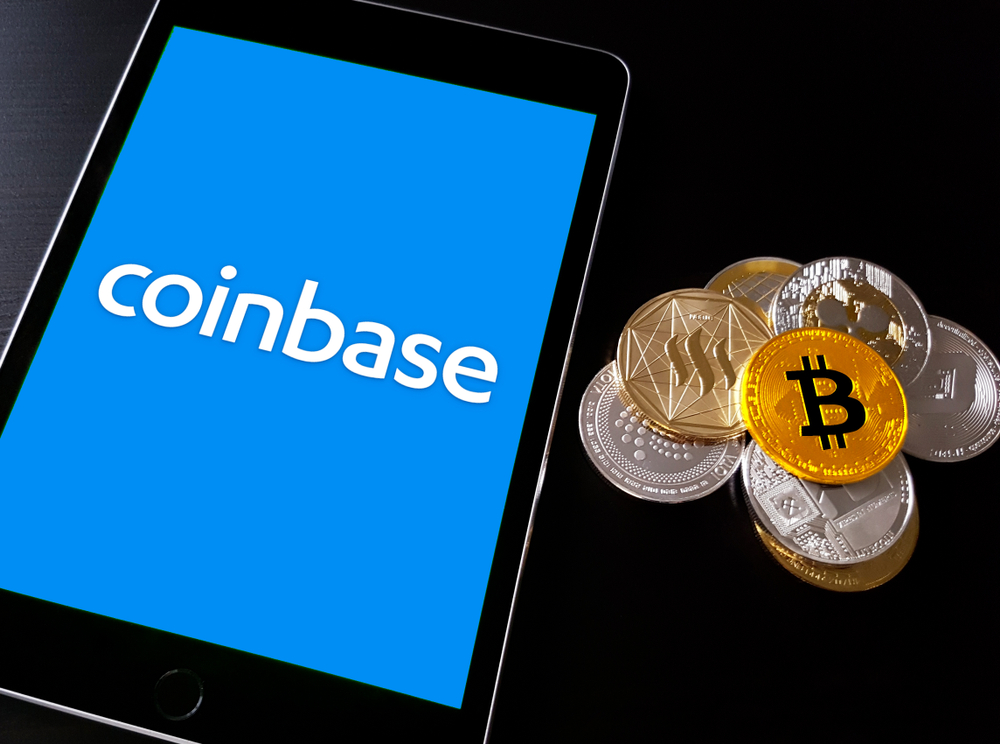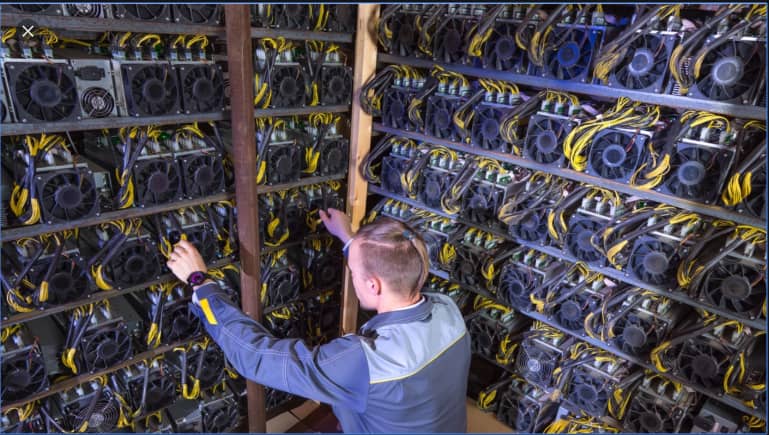The term decentralized finance (DeFi) has become common within the blockchain and web3 spaces. DeFi seeks to decentralize services like lending and borrowing, which are found in the traditional banking system.
You can easily mistake financial technology (FinTech) apps such as PayPal, Venmo, and Revolut for decentralized apps, but they are more closely related to traditional finance.
This article will focus on differentiating the two financial worlds. We can start by looking at the benefits of DeFi.
Pros of DeFi
One major advantage of DeFi is that it’s permissionless. That means you can engage with DeFi without asking permission to get a loan or even conduct an online payment. With traditional banks and FinTech apps, you have to be permitted by them to access or use their services.
Moreover, this permissionless aspect extends to lending and borrowing. You do not need a bank to borrow a loan as long as you have crypto assets. You can use your crypto to collateralize a loan on a DeFi protocol. After receiving the loan and later repaying it fully, you will get back your digital assets that served as collateral almost immediately.
On top of being permissionless, DeFi allows users to transact anonymously. Unlike in traditional finance, where each bank account has a known user, the wallet addresses used in DeFi cannot be identified with a particular individual. This gives crypto users financial privacy.
Another highlight of DeFi is that it facilitates faster and cheaper transactions than traditional financial systems.
The second-last key advantage of DeFi is that it’s trustless. This means you do not need to trust a financial entity or individual to protect your funds, thanks to blockchain technology. DeFi protocols let you take full control of your crypto assets, so there is no need for an external custodian. This eliminates the counterparty risk faced in traditional finance and centralized crypto exchange.
Lastly, DeFi is helping unbanked individuals in underserved countries access key financial services. DeFi has made it possible for the unbanked to access collateralized loans, crypto savings, and crypto payments, among other DeFi products.
Cons of DeFi
The first disadvantage of DeFi is that users need technical crypto knowledge to maneuver the DeFi space. Currently, most DeFi applications lack easy-to-use interfaces found on Fintech apps and other traditional banks’ platforms. This discourages crypto newbies from using DeFi services.
The irreversibility of transactions can also cause problems and serious financial losses. Sending crypto to the wrong address could lead to loss of funds unless the receiver decides to return them to you. On the contrary, it is possible to ask your fintech app or bank to reverse a faulty transaction.
DeFi space can be marred by illegal activities. As many praise DeFi’s permissionless aspect, some are concerned about the unavailability of Anti-Money-Laundering and Know-Your-Customer procedures that can be useful in preventing illicit activities like tax evasion and human trafficking.
The last disadvantage is the risk of DeFi protocols getting exploited. Even if you do not make a wrong transaction, there is still a possibility of losing funds in DeFi. For example, if you connect your wallet to a DeFi project, there is a chance it could be exploited by cybercriminals.
Cases of DeFi exploits have increased recently, with some of the notable ones being the Ronin bridge attack and the Wormhole exploit.
Based on the pros and cons of DeFi discussed above, the decision to explore DeFi or stay planted in traditional finance is best left up to you.







